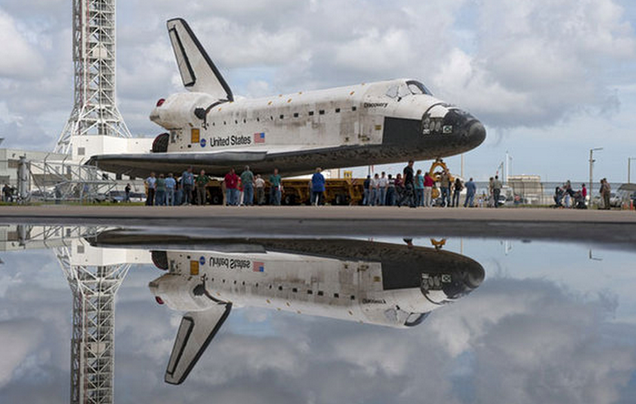
Mark Adler - QUORA

At the time the space shuttle program ended, the three remaining shuttles had flown 25, 33, and 39 times respectively. They were designed for a lifetime of 100 flights each.
Though
troubled with parts obsolescence throughout the program, it would have
been possible to continue to adapt and fly the vehicles for many more
years, out to their design lifetime. Though two shuttles failed with
loss of life, the failure rate was comparable to all other launch
vehicles. There is an inherent risk in space travel, and with each
failure the reliability of subsequent flights improved. So it is a fair
question to ask why the program did not continue.
The bottom
line answer is that it was too expensive. Way too expensive. The shuttle
never met its promise for low cost access to space by virtue of the
system’s reusability. Had the system even gotten part of the way to
those original claims of a very low recurring cost of launch, I bet that
the shuttles would still be flying today, and we’d be building a few
more of them with upgrades to improve their reliability and lower the
cost further.
The shuttle and the space station completely dominated NASA’s budget for human space flight, to the point that no significant new developments were possible. It has been made abundantly clear that NASA’s budget will remain flat for the foreseeable future. Therefore to do anything beyond shuttle and station, at least one of them had to go. Station was just beginning to live up to its promise for research, so it was the older shuttle system that went.
Now, new developments of a large launch vehicle and a crew capsule are proceeding with the budget wedge that was opened up. However there is still not enough money in the flat NASA budget to get people back to the Moon or to the Mars system in less than four or five decades. So for the very same reason, the space station will have to be retired as well. Dates for that retirement in the next decade are already being talked about.
The shuttle and the space station completely dominated NASA’s budget for human space flight, to the point that no significant new developments were possible. It has been made abundantly clear that NASA’s budget will remain flat for the foreseeable future. Therefore to do anything beyond shuttle and station, at least one of them had to go. Station was just beginning to live up to its promise for research, so it was the older shuttle system that went.
Now, new developments of a large launch vehicle and a crew capsule are proceeding with the budget wedge that was opened up. However there is still not enough money in the flat NASA budget to get people back to the Moon or to the Mars system in less than four or five decades. So for the very same reason, the space station will have to be retired as well. Dates for that retirement in the next decade are already being talked about.
About the author: Mark Adler, NASA JPL system engineer / manager dude
Why did NASA end the shuttle program? And why was there an end? originally appeared on Quora. You can follow Quora on Twitter, Facebook, and Google+.
Photo: NASA/Ben Cooper
No comments:
Post a Comment